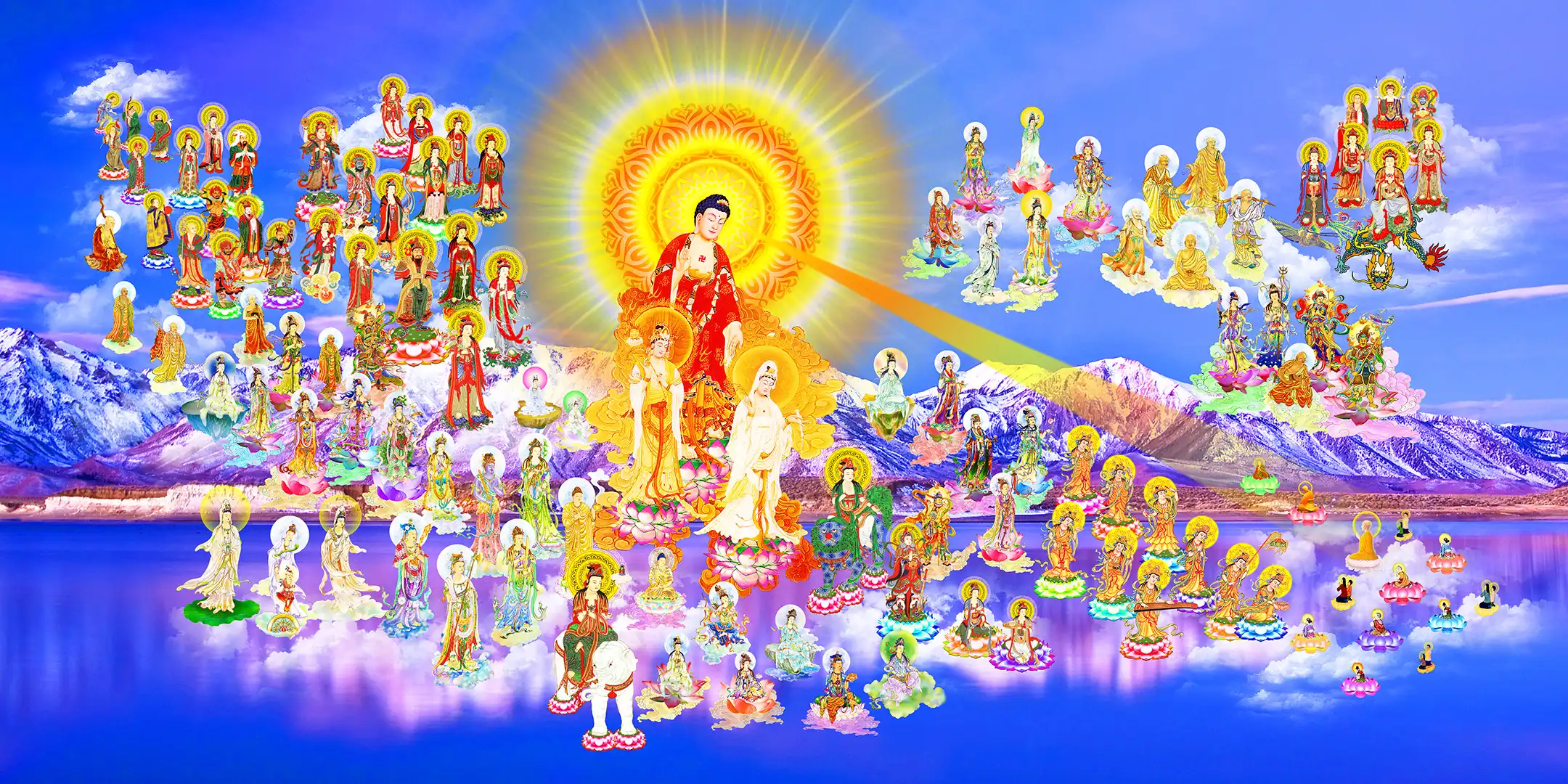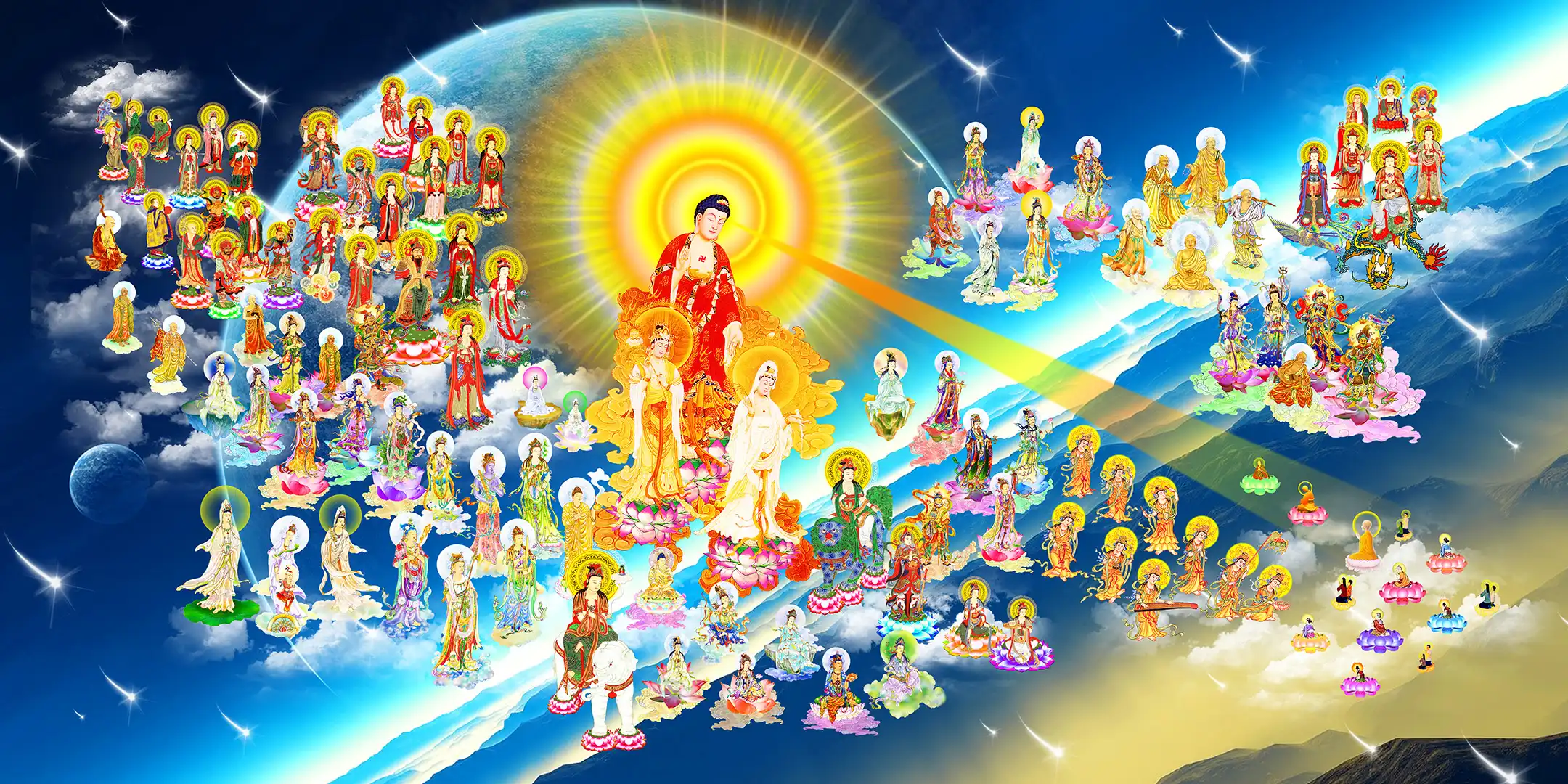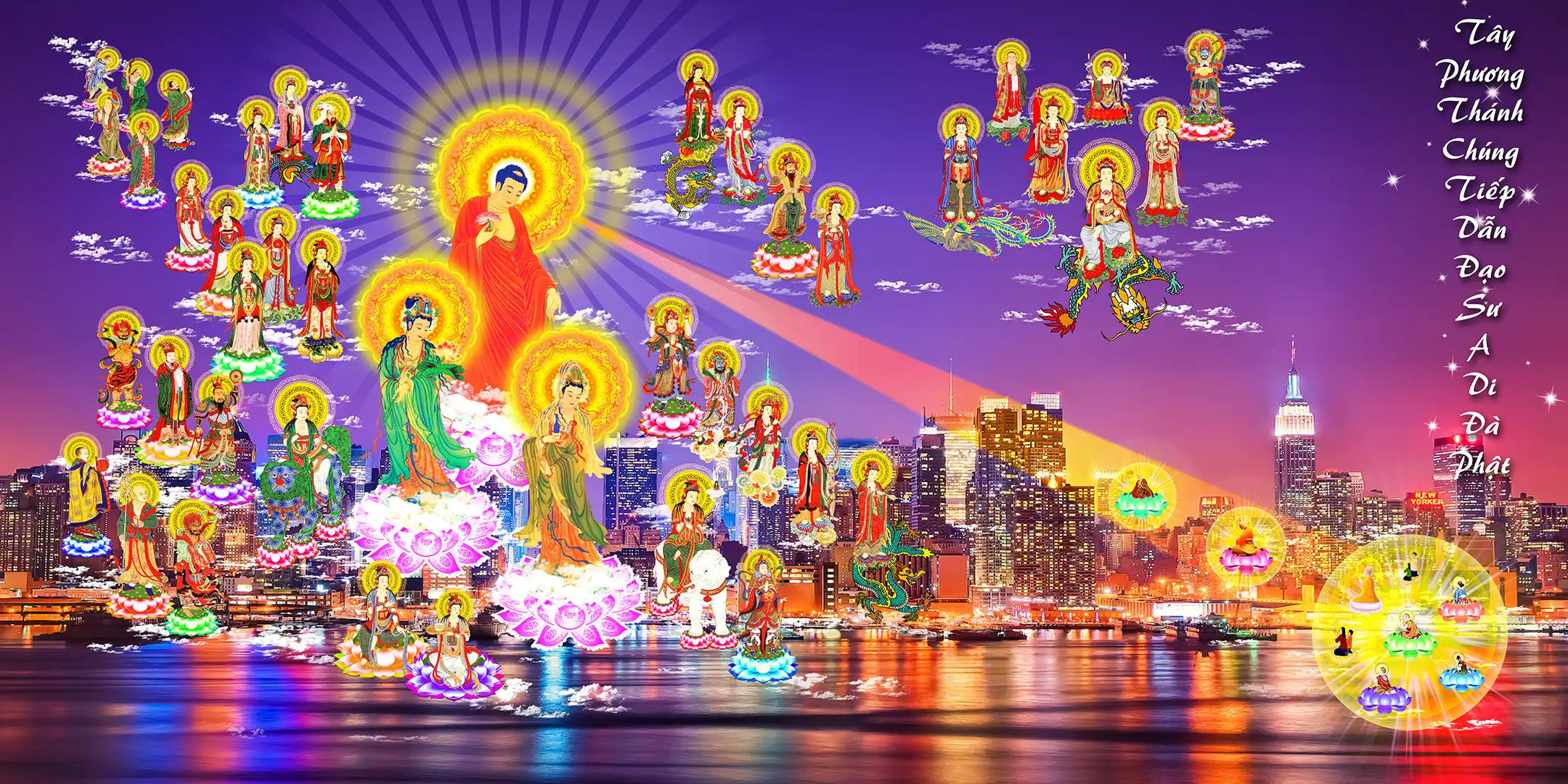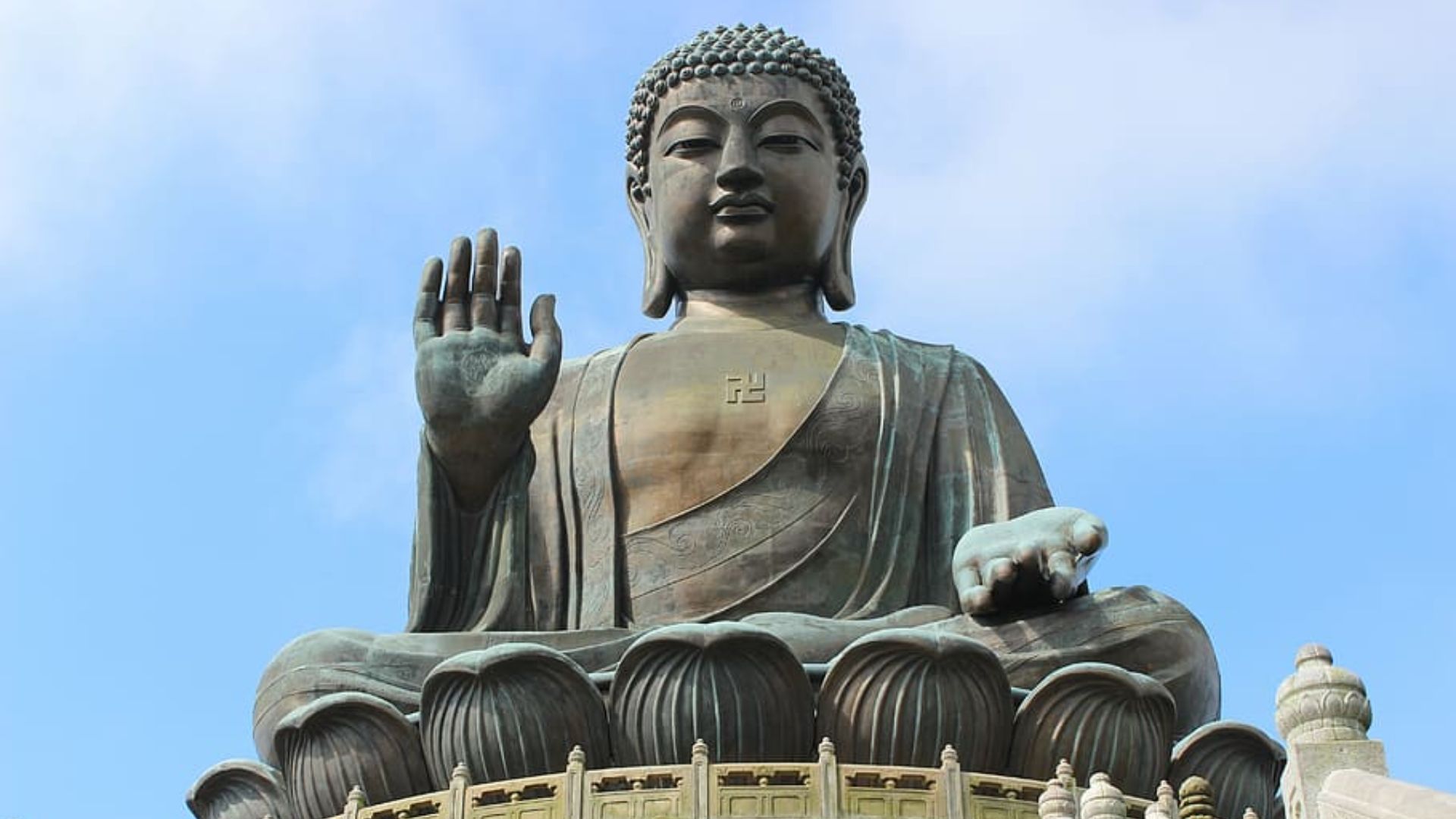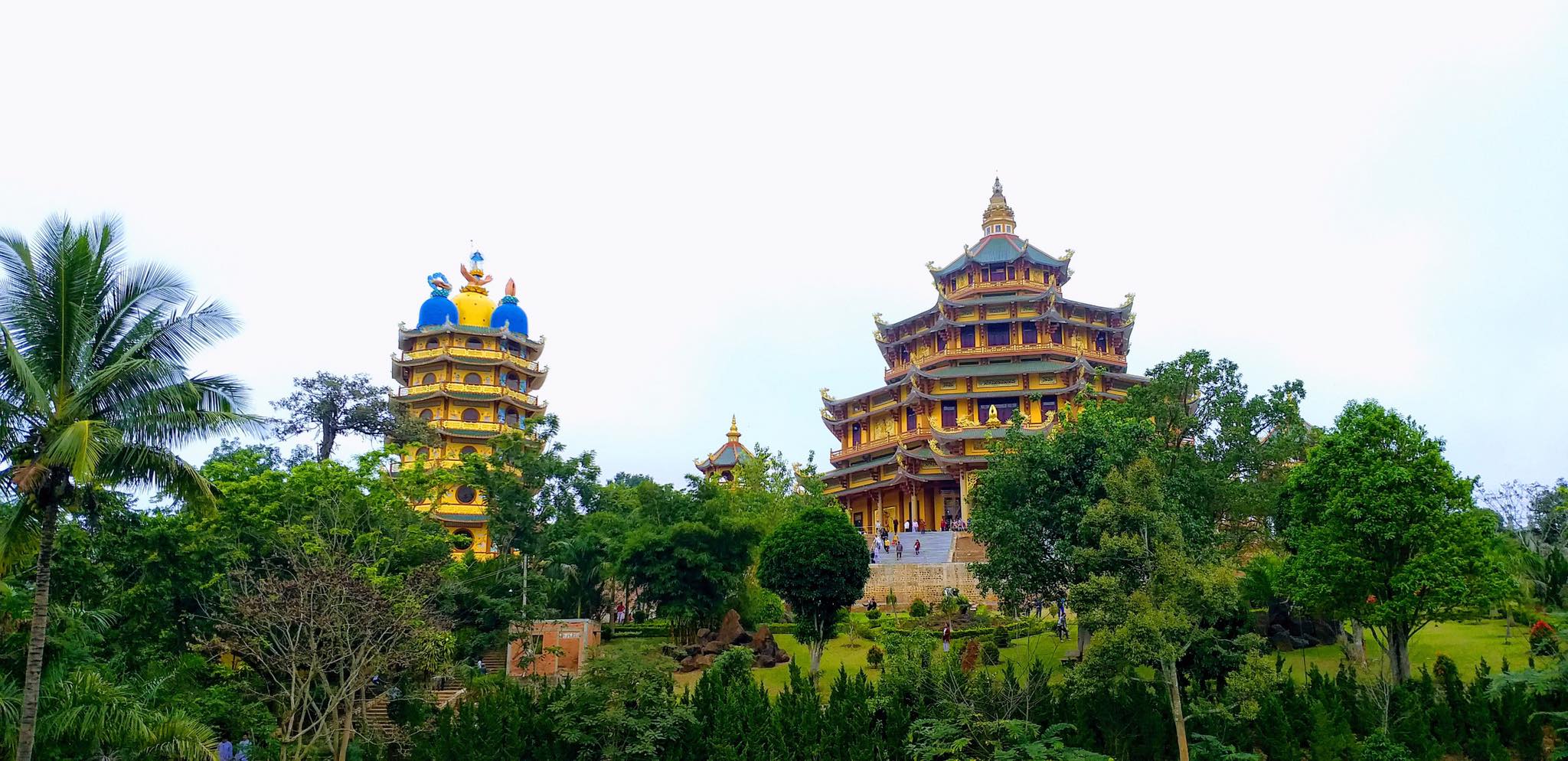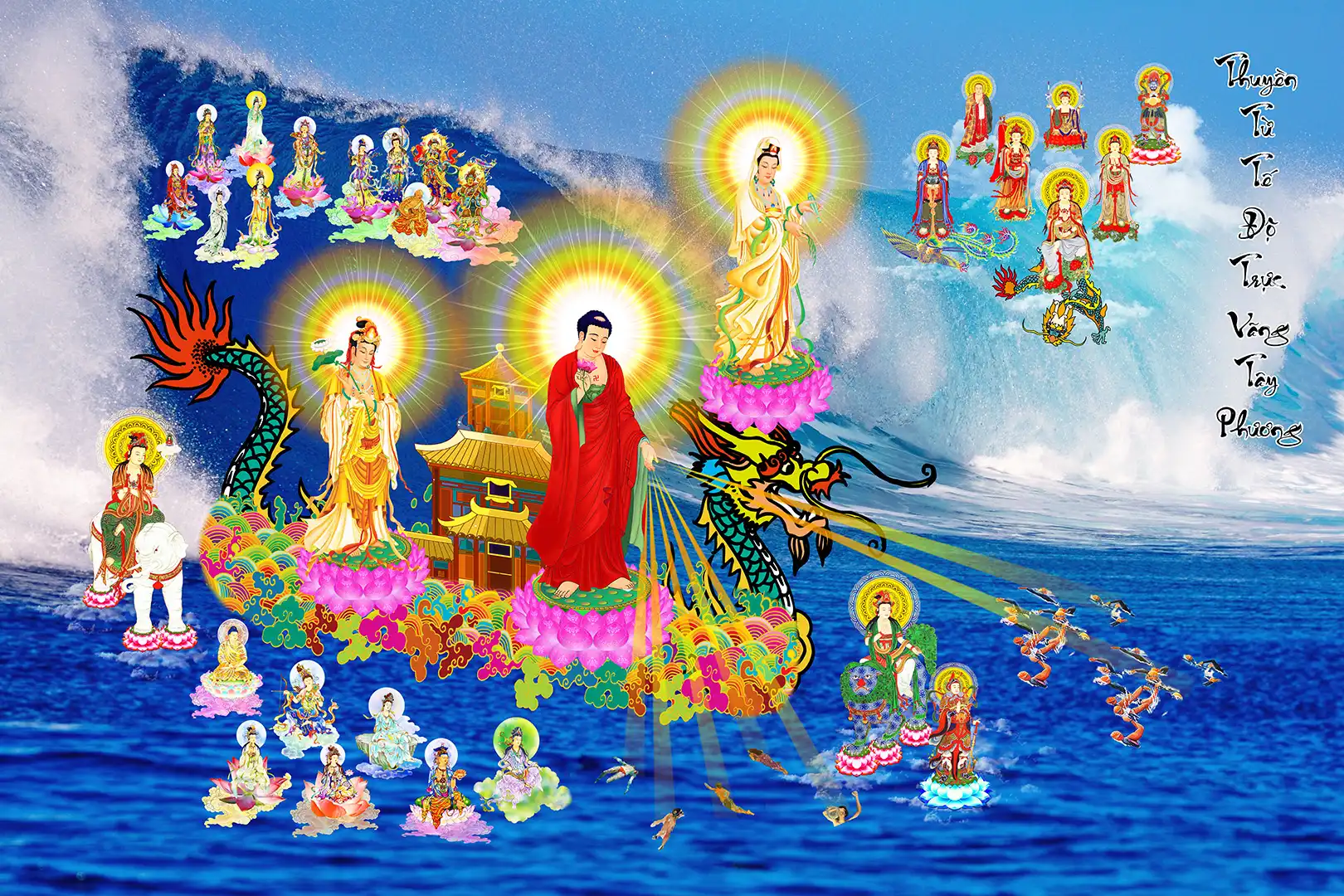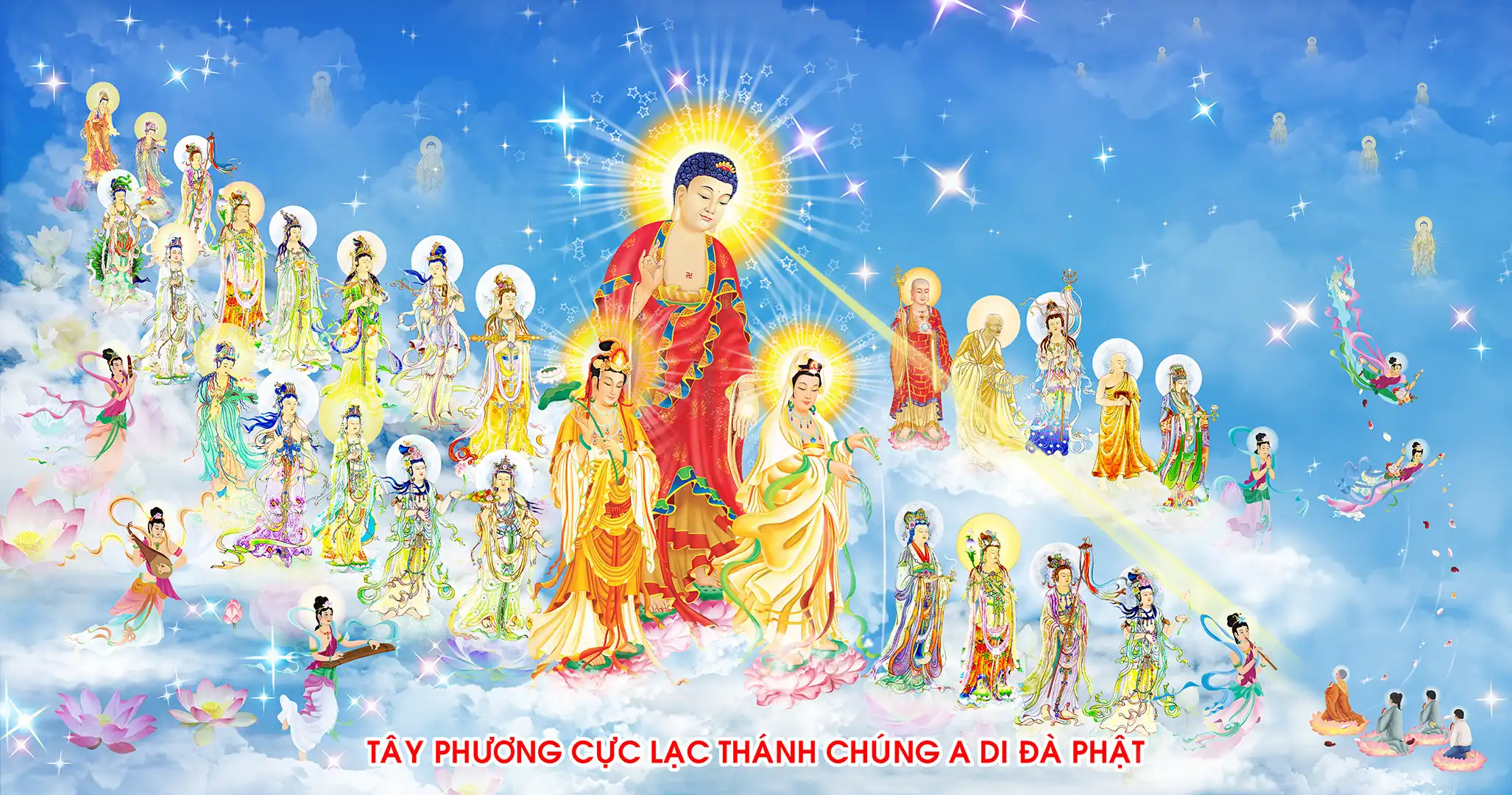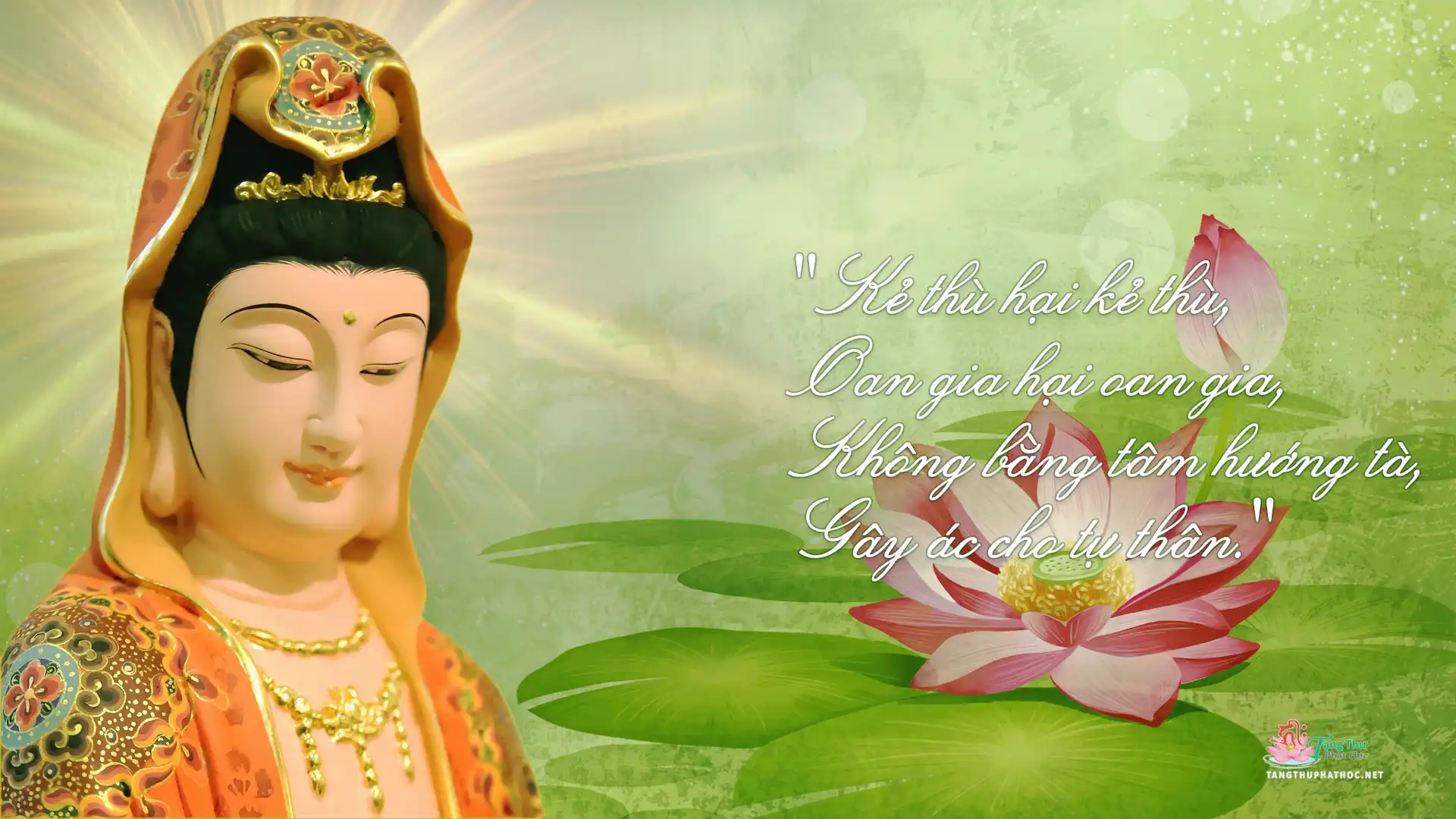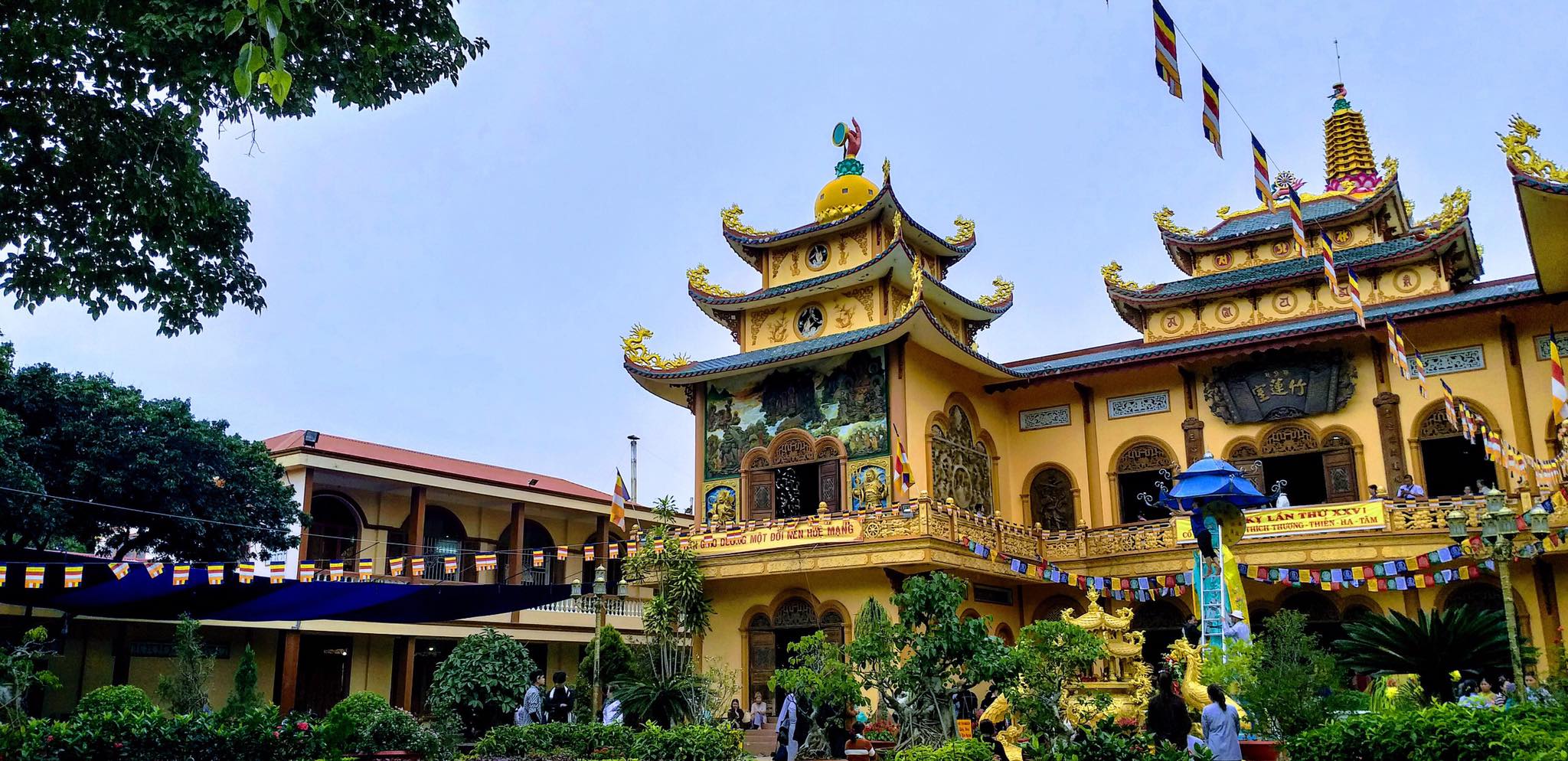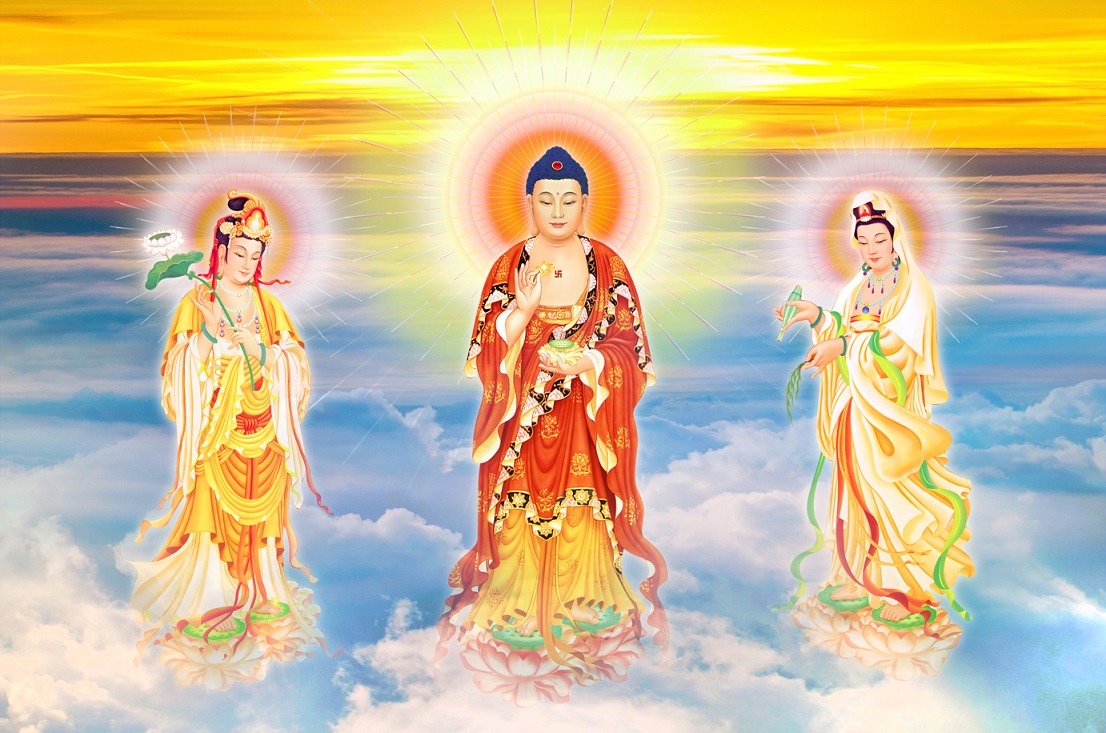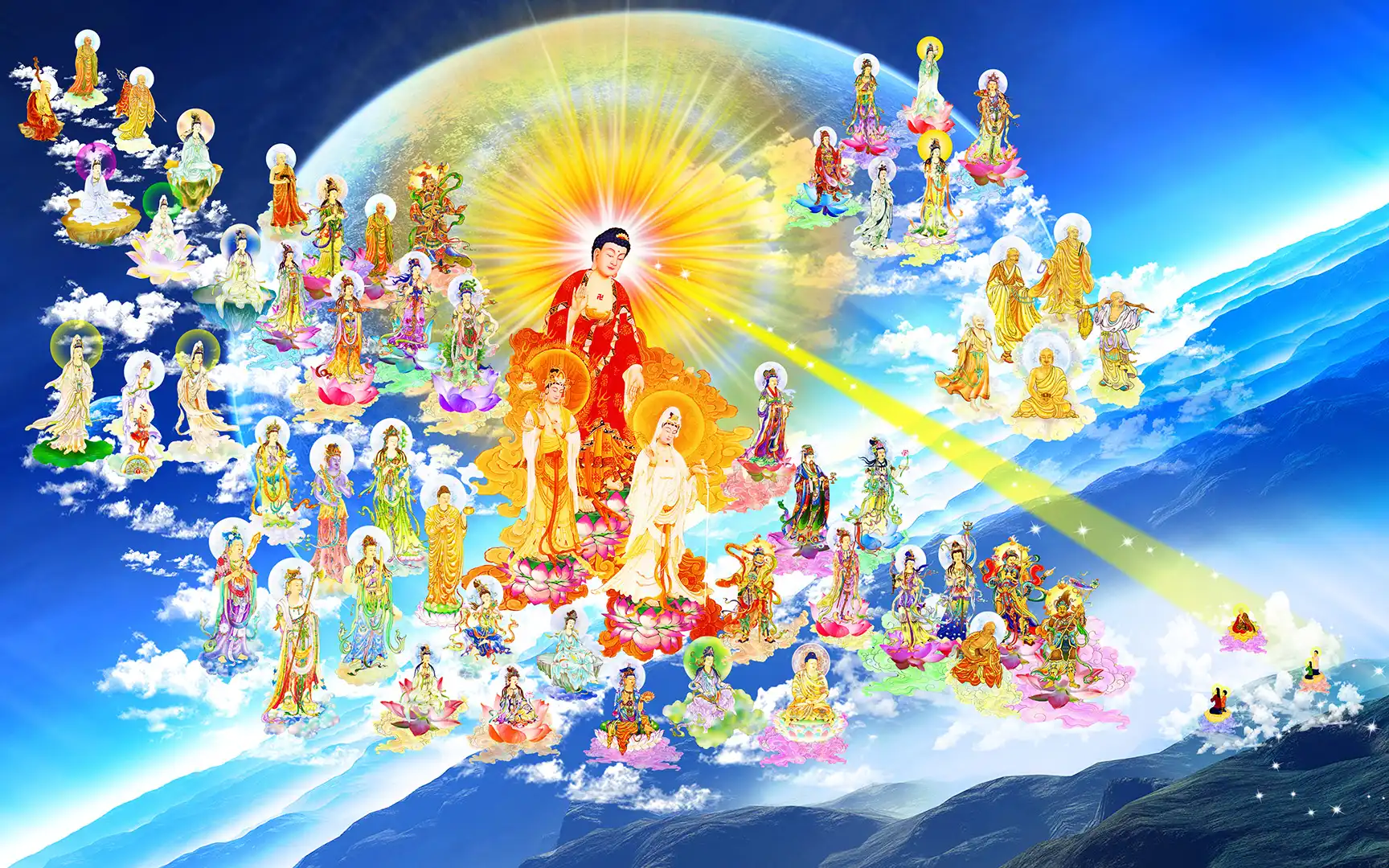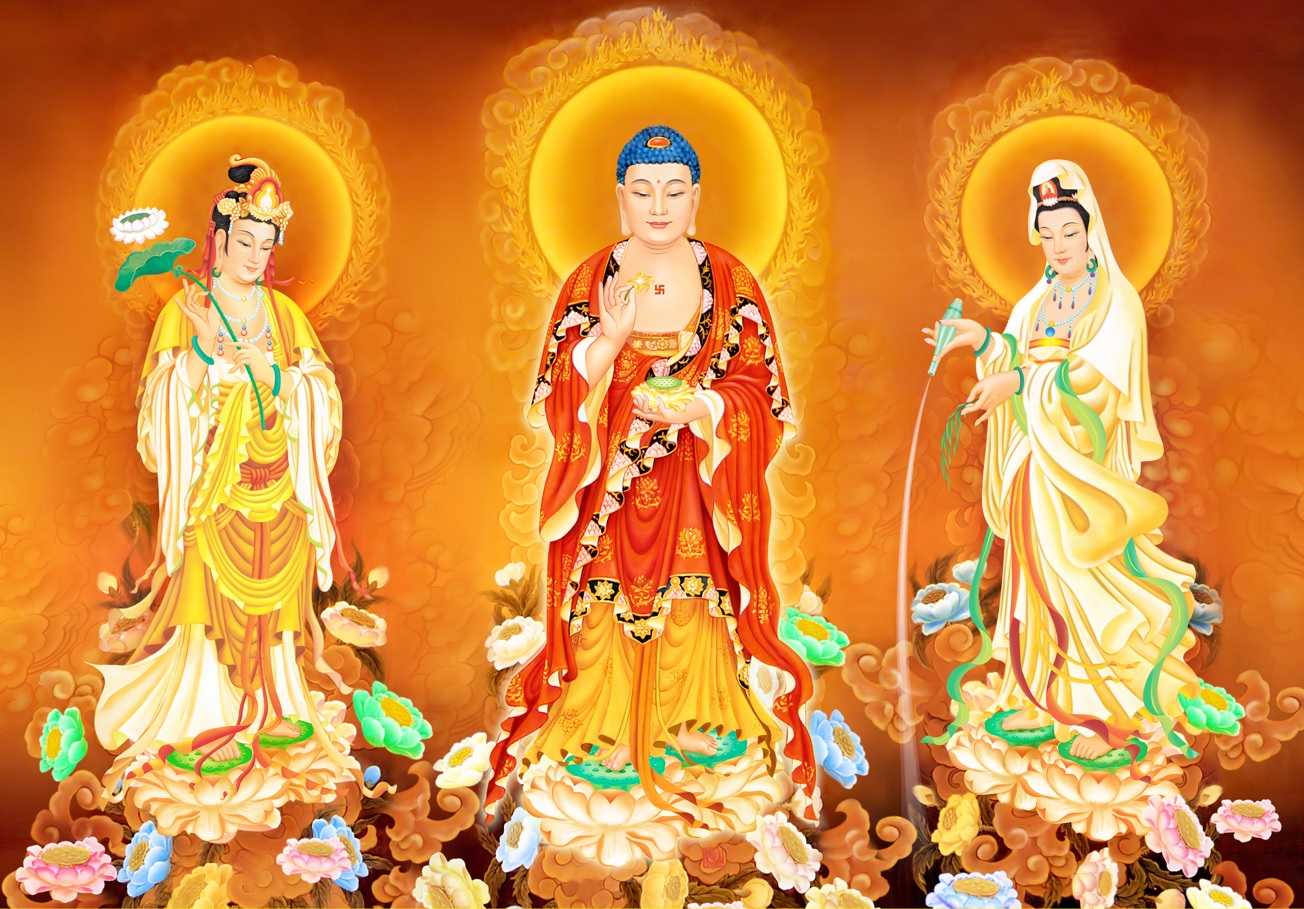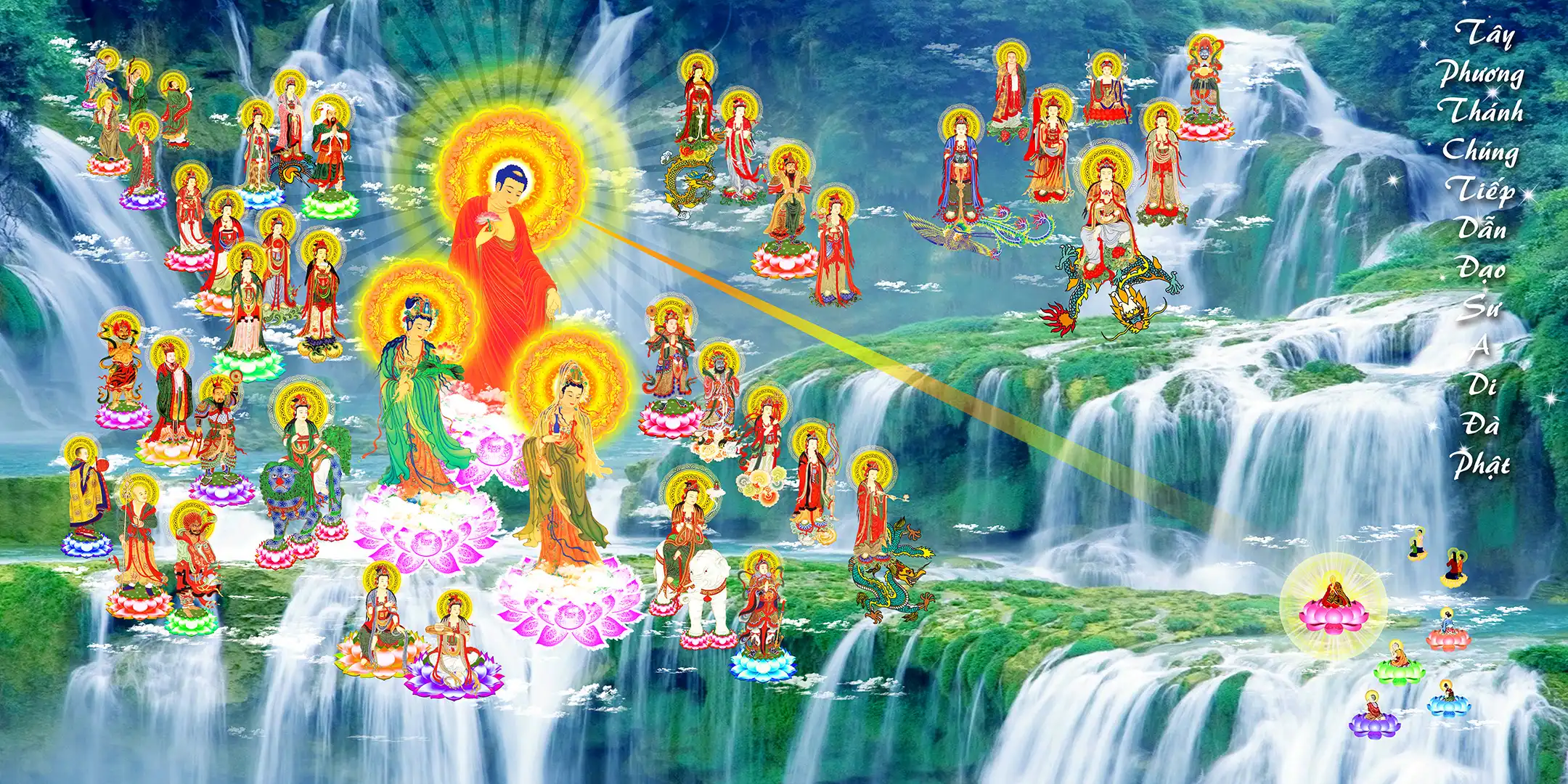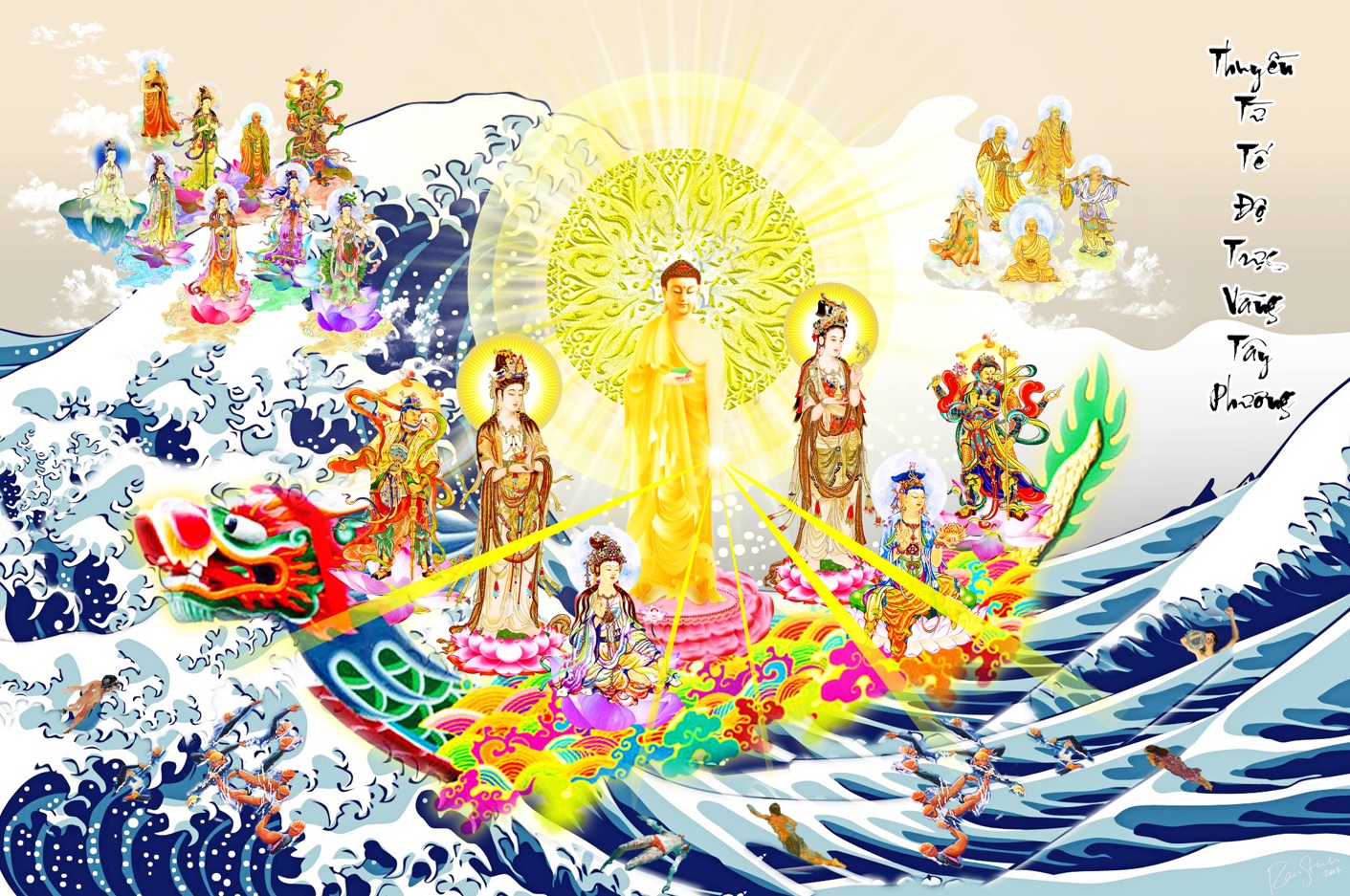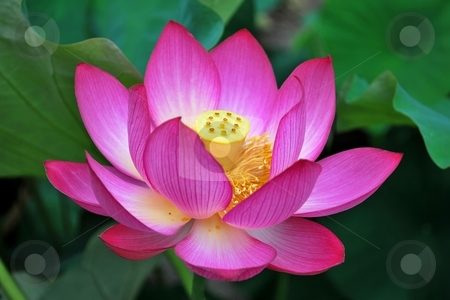COMMON BUDDHIST TEXT:
GUIDANCE AND INSIGHT FROM THE BUDDHA
Chief Editor: Venerable Brahmapundit
Editor: Peter Harvey
Translators: Tamás Agócs, Peter Harvey, Dharmacārī Śraddhāpa, P.D.Premasiri, G.ASomaratne, Venerable Thich Tue Sy
Introduction to the selections from Vajrayāna Buddhism
1
The passages marked ‘V.’ in this book represent the textual tradition of Vajrayāna Buddhism. Vajrayāna emerged as a distinctive school of method (upāya) within the Mahāyāna, teaching ways of meditation said to effect awakening more rapidly than the practice of the perfections (pāramitās) presented in the sūtras. These esoteric methods are taught in a distinct class of Buddhist scriptures known as tantras, which started to appear in great number from the fifth century CE in India. Like the Mahāyāna sūtras, most Buddhist tantras also trace their origins back to the historical Buddha. But the tantric system of practice known as Vajrayāna seems to have been developed by a group of yogis known as mahā-siddhas (‘great accomplished ones’), most of whom were active under the Pāla Empire (750–1120).
2. The spread of the Vajrayāna
The Vajrayāna was introduced to Tibet during the eighth to eleventh centuries CE, and it here became the official state religion. From there it spread to Mongolia and parts of China. Today, though having suffered heavy losses during the Chinese ‘cultural revolution’, Vajrayāna Buddhism is still present in historically Tibetan areas of China (not only in the Tibetan Autonomous Region but also in Quinghai, Gansu, Sichuan, and Yunnan provinces) and everywhere in the Himalayan region where Tibetan culture prevails, including the kingdom of Bhutan, parts of Nepal, and the Himalayan states of India. After seven decades of Russian-backed Communist repression, it was revived at the end of the twentieth century in Mongolia, Buryatia, and Kalmykia (parts of Russia with people of Mongolian ethnicity). A separate strand of the Vajrayāna tradition has been preserved by the Newari Buddhists of Nepal, and a tantric school known as Shingon has flourished as one of the schools of Japanese Buddhism.
3. The three Wheels of Dharma
Tibetan Vajrayāna is heir to the cultural forms of late North-Indian Buddhism, which was characterized by a double strand of philosophical study and tantric practice. The former flourished mainly in the great monastic universities, such as Nālandā, where a synthesis of different Buddhist philosophies was taught. All the teachings of the Buddha were seen as belonging to three turnings of the ‘Wheel of Dharma’ (or three teaching-cycles, Dharma-cakra): the first one on the four ‘Noble Truths’ (see *L.27) and ‘non-Self’ (*Th.170–171) represented the ‘Hīnayāna’ (‘Lesser Vehicle’) level of practice,[1] and the other two belonged to the Mahāyāna. The second Wheel emphasized the teaching of emptiness (śūnyatā) of inherent nature/inherent existence and the bodhisattva path as presented mainly in the Perfection of Wisdom (Prajñāpāramitā) Sūtras, and the third was seen to contain formulations of ultimate reality in terms more positive than ‘emptiness’, such as the teaching of ‘mind-only’ (citta-mātra) and the ‘Buddha-nature’ (Tathāgata–garbha). By extension, the tantras later also came to be seen as belonging to this latter category, though some Tibetan schools classified them as a fourth Wheel. The meaning of all these different teachings contained in the sūtras and their complex relationships were elucidated by the great Mahāyāna philosophers in their śāstras (treatises), and late Indian Buddhist philosophy developed an understanding based on a synthesis of their ideas. Thus, studies at the monastic universities centred on the treatises, rather than on the sūtras directly, though both the Indian and Tibetan treatises often cite the sūtras.
4. Vajrayāna, Mantrayāna, Tantrayāna
The Vajrayāna is also known as the Mantra-, or Tantra-yāna. Though the three terms are often used as synonyms, each one has a slightly different connotation. According to the Tibetan tradition, ‘mantra’ literally ‘protects the mind’ (man-tra), through disrupting negative mental patterns and focusing it on the awakened qualities being cultivated. ‘Tantra’ is understood to mean the ‘continuity’ of the awakened nature of the mind present in all sentient beings (not just humans) that is known as Buddha-nature (Tathāgata-garbha). It is uncovered or awakened through the unbroken ‘continuity’ of the master-disciple tantric lineages that are understood to go back to the Buddha himself. While in the general Mahāyāna, the process of attaining full Buddhahood is said to take three incalculable eons, in the Vajrayāna, one can aspire to attain Buddhahood in one lifetime through the methods taught by the great accomplished tantric masters (mahā-siddhas) of India. They gave rise to teaching lineages that eventually reached Tibet where it inspired the founding of different schools or orders (Nyingmapa, Kagyupa, Sakyapa, and Gelukpa being the four main ones) that were dedicated to preserving and transmitting the methods for realizing that continuity. Tantra-yāna is a general name for the way of practice laid down in the Buddhist tantras, characterised by visualization, mantra recitation, and cultivation of various states of meditative concentration (samādhi). Finally, the term ‘Vajra-yāna’ refers to the foremost symbol of the awakened mind, ‘vajra’, often translated as ‘diamond’ or ‘thunderbolt’. It is actually the name of the mythical weapon of Indra, chief of the preBuddhist gods in India, which was a symbol of indestructibility and mastery.
5. Schools of Tibetan Buddhism[2]
The Nyingmapa school are those who (pa) are ‘Adherents of the Old (Tantras)’. It looks to Padmasambhava, an eighth century Indian tantric guru who did much to establish Buddhism in Tibet, as its founder. It has a system of nine spiritual ‘vehicles’ (yāna): those of the Disciple, Solitary-buddha and Bodhisattva, which it sees as ways of ‘renunciation’ of defilements; those of the three ‘outer Tantras’, which it sees as ways of ‘purification’; and those of the three ‘inner Tantras: Mahā-yoga, Anuyoga and Ati-yoga, which it sees as ways of transformation, which transmute defilements into forms of wisdom, rather than seeking to simply negate them. In Nyingmapa doctrine, these are all seen as appropriate for people at different levels of spiritual development. However, in practice, everyone is encouraged to practise the inner Tantras, provided that the basic refuge and Bodhisattva commitments and vows are also maintained. Ati-yoga, the highest teaching, concerns the doctrines and practices of the Dzogchen, or ‘Great Completion/Perfection’. This seeks to bring the practitioner to awareness of an uncreated radiant emptiness known as rig pa (Skt vidyā, insight-knowledge). This is symbolized by Samantabhadra (see *V.6), the primordial Buddha who embodies the Dharma-body (see *M.9), but it also already present in all beings, as in one interpretation of the Tathāgatagarbha/Buddha-nature teachings. The aim is to let go of all mental activities and content, so as to be aware of that in which they occur. The Nyingmapas follow the Old Tantras translated during the first dissemination of Buddhism in Tibet (7–10th centuries). Over the next centuries, they claim to have discovered many termas or ‘treasure’ texts, which are attributed to Padmasambhava and seen as discovered by a tertön or ‘treasure-finder’. Termas might be physical texts or religious artefacts. In the case of ‘mind termas’, they are seen to have been buried in the unconscious mind of a disciple by Padmasambhava, then rediscovered there by a later incarnation of that disciple. The teachingtransmission by termas, which is seen to jump direct from a past teacher to a present recipient, is seen to complement the more usual Kama (Oral Tradition) transmission, by which oral and written teachings are passed down the generations.
In the eleventh century, a renaissance of Buddhism led to its firm establishment throughout Tibet and the development of several new schools of Buddhism that were based on new translations of Buddhist texts, so as to be referred to as ‘new translation’ (sarma) schools. At the invitation of a regional king, the ageing monk-professor Atiśa came from India on a missionary tour in 1042. He helped purify the Sangha, emphasizing celibacy, and improved Tibet’s understanding of Buddhist doctrine, as based on a mix of Madhyamaka and the Tantras. His reforms led his main disciple to establish the Kadampa, or ‘Bound by Command (of monastic discipline) School’, and also influenced two other new schools of the period. The first was the Kagyupa, the ‘Whispered Transmission School’. Its founder was Marpa (1012–97), a married layman who had studied with tantric gurus in India and translated many texts. He emphasized a complex system of yoga and secret instructions whispered from master to disciple. His chief pupil was the great poet-hermit-saint Milarepa, whose own pupil Gampopa first established Kagyupa monasteries. The other new school was the Sakyapa, founded in 1073 at the Sakya monastery. It is noted for its scholarship and is close to the Kagyupa in most matters.
An idea which seems to have originated with the Kagyupas in the thirteenth century is that of recognized Emanation-bodies or tulkus, of which there are now around 3,000 in Tibet. A tulku is often referred to as a ‘reincarnate (yangsid) Lama’. Though in Buddhism all people are seen as the rebirths of some past being, tulkus are different in being the rebirth of an identified past person, who was a key Lama, and also an emanation of a celestial being. Tulkus are recognized as children, based on predictions of their predecessors and the child’s ability to pick out the latter’s possessions from similar looking ones.
The last major school of Tibetan Buddhism was founded by the reformer Tsongkhapa (1357– 1419), on the basis of the Kadampa school and Atiśa’s arrangement of teachings in a series of levels, with a purified tantrism at the top. He founded the Gelukpa, or ‘Followers of the Way of Virtue’, whose monks are distinguished from others by the yellow colour of their ceremonial hats. Tsongkhapa emphasized the study of Madhyamaka, and the following of moral and monastic discipline. In his ‘Great Exposition of the Stages of the Way’ (Lamrim Ch’enmo), he argues that one should progress from seeking a good rebirth (a worldly goal), to seeking liberation for oneself (Hīnayāna motivation), to seeking Buddhahood so as to aid the liberation of others (Mahāyāna motivation), with Vajrayāna methods then helping to more speedily attain the Mahāyāna goals. Higher levels of truth or practice are seen to build on, but not subvert, lower ones. Logical analysis prepares the way for direct, nonconceptual insight, and textual transmissions are as important as oral ones.
In the sixteenth century, the head of the Gelukpa school reintroduced Buddhism to the
Mongols, who had lapsed from it. One of the Mongol rulers, Altan Khan, therefore gave him the Mongolian title of Dalai, ‘Ocean (of Wisdom)’, Lama. He was regarded as the second reincarnation of a former Gelukpa leader, Tsongkhapa’s nephew, so that the latter was seen, retrospectively, as the first Dalai Lama. Each Dalai Lama was seen as a tulku who was also a re-manifested form of the great Bodhisattva embodiment of compassion, Avalokiteśvara. The other major Gelukpa tulku is the Panchen Lama, seen as a repeated incarnation of Amitābha Buddha.
In 1641, the Mongolians invaded Tibet and established the fifth Dalai Lama as ruler of the country. From then on, the Gelukpa school became the ‘established church’. In the nineteenth century, a movement developed known as the Ri-may, meaning ‘Impartial’, ‘Non-aligned’ or ‘Allembracing’. This was a kind of universalistic eclectic movement that arose in Nyingmapa circles in eastern Tibet, and came to draw in adherents of other schools, even including some Gelukpa ones. However, the Ri-may movement was primarily a teachings-synthesis that rivalled the Gelukpa synthesis. With few exceptions, Lamas of the Ri-may traditions trained at Ri-may centres, and Gelukpa ones at Gelukpa ones, with only limited contact between them. The Ri-may synthesis drew together the three non-Gelukpa schools (and some of the semi-Buddhist Bön). These already had in common the existence of lay yogins, an interest in the old Tantras and termas, and the relatively formless Dzogchen teachings/practices provided a unifying perspective.
6. The Tibetan canon
In this book, the term ‘Vajrayāna’ is used in a wider sense to refer to the entire system of Tibetan (or Northern Mahāyāna) Buddhism, which has preserved the whole edifice of late Indian Mahāyāna. This is reflected in the structure of the Tibetan Buddhist Canon, which divides the Tibetan translations of Indian Buddhist texts into two main parts: the Kangyur (bKa’ ‘gyur[3]) or ‘Translated Buddha Word’ – two thirds of which is comprised of Mahāyāna Sūtras – and the Tengyur (bsTan ‘gyur) or ‘Translated Treatises’. In the Peking edition of these two collections, there are 330 volumes with 5,092 texts and 224,241 pages.[4] The Kangyur contains mainly Mahāyāna sūtras and the root-tantras (mūla-tantras) attributed to the Buddha. In the Peking edition, it consists of 106 vols. with 66,449 pages and 1,112 translated texts, grouped in the following order:
(i) Tantras (738 texts in 25 volumes)
(ii) Perfection of Wisdom Sūtras (17 texts, plus 13 pre-Mahāyāna ‘Protection’ texts, in 24 vols.)
(iii) Avataṃsaka Sūtras (1 text with 45 chapters in 6 vols.)
(iv) Ratnakūṭa Sūtras (49 Sūtras in 6 vols.)
(v) Other sūtras (268 texts in 32vols.)
(vi) Vinaya (monastic discipline) (8 texts in 13 vols.)
vii) Praṇidhāna (aspiration prayers) (18 short texts at the end of final volume)
The Tengyur includes the authoritative treatises (śāstras) by Indian scholars, with a handful of texts by early Tibetan masters, who commented on the meaning of the sūtras and tantras. In its Peking edition, it consists of 224 vols with 3,980 texts and 157,792 pages, which are grouped as follows:
(i) Stotras (hymns of praise) (63 texts in 1 vol.)
(ii) Commentaries on the tantras (3,136 texts in 87 vols.)
(iii) Commentaries and treatises on the sūtras (and useful worldly subjects): commentaries on the Perfection of Wisdom Sūtras and the vinaya; Madhyamaka and Yogācāra treatises, abhidharma works, tales and dramas, treatises on such topics as logic, medicine, grammar, arts and applied crafts (e.g., architecture), and other miscellaneous works (781 texts in 136 vols.).
Most of the canonical scriptures – sūtras, tantras, and śāstras – were translated from Sanskrit originals, under the guidance of Indian scholars (paṇḍita) who helped the transmission of Buddhism into Tibet. The translations were carried out in a ‘scientific’ manner – with standardized terminology and syntactic rules – to maintain maximum closeness to the original. Therefore, Tibetan translations are generally held to be very reliable. Yet, no text was meant to be studied without oral transmission and detailed practical instruction from a learned and experienced master. The tantras in particular have always been considered as esoteric, virtually unintelligible without oral transmission of their actual meaning and proper initiation into their practice.
By the time the enormous task of translating the Indian Buddhist heritage was completed, the development of an indigenous Tibetan scholarship was well under the way. Tibetan authors started composing their own treatises to elucidate the meaning of the sūtras and śāstras, including the tantric scriptures. Faced with the immense variety of narrative, doctrine, and liberating technique contained in the canonical texts, they inevitably found themselves at the job of ordering and systematizing the material. Following the tradition of North-Indian Buddhist scholarship, they based their doctrinal syntheses on the śāstras of Nāgārjuna (ca. 150–250), Asaṅga (ca. 310–90, with Maitreya-nātha as his teacher), Vasubandhu (ca. 310–400), Dharmakīrti (ca. 530–600), Candrakīrti (7th century), and Ṥāntideva (ca. 650–750) – to mention only the greatest Mahāyāna philosophers. The tantras were also studied through the commentaries, instructions, and practice manuals written by Indian mahāsiddhas and tantric scholars, which were contained in a bulky section of the Tengyur. The different tantric lineages – systems of tantric practice handed down from master to disciple reaching Tibet from the seventh to twelfth centuries – became institutionalized in the four main schools and their various branches. Over time, those schools each developed its own literary tradition, resulting in an astonishing proliferation of Vajrayāna literature. Though following the Indian ways was the norm everywhere, there was room for creative innovation. These include ‘treasure’ texts hidden in Tibet or in the mind stream of Tibetan students by the Indian masters to be rediscovered later at an appropriate time which were included in canonical collections.[5]
7. The selected passages
Passages selected from the Vajrayāna tradition for this book represent the Vajrayāna Buddhist views on the topics selected for the volume. In accordance with the kind of texts emphasized in Tibetan Buddhism, these are best summarized by well-known Tibetan authors like Gampopa (1079–1153) or the Nyingmapa teacher Patrul Rinpoche (1808–1887), whose works we have most often utilized as sources for the selections. From among canonical sources, we have included a few passages from treatises of Nāgārjuna (*V.12) and Ṥāntideva (*V.34–5, 38), as well as Atiśa’s (982–1054) ‘Lamp for the Path to Awakening’ (*V.10) in its entirety. Texts from Gelukpa teachers are Tsongkhapa’s ‘The Abbreviated Points of the Graded Path’ (*V.40), ‘Prayer of the Secret Life of Tsongkhapa’ (*V.91), on the latter, and ‘The Song of the Four Mindfulnesses’ (*V.69) of the Seventh Dalai Lama (1708–1757). ‘Mind Training: An Experiential Song of Parting from the Four Attachments’ (*V.16) is by Sakyapa and Ri-may teacher Khyentse Wangpo (1829–1870). The tantric genius for poetry is illustrated by some verses from Tibet’s greatest poet, Milarepa (*V.8, 11, 17, 23). Specifically tantric texts are best featured in Chapter 2. (‘Different Perspectives on the Buddha’) – where the tantric view of innate Buddhahood is illustrated by passages taken from the textual tradition of the Great Completion (Dzogchen; *V.2–6). More information on these and other texts are supplied in the introductions and footnotes.
Most English translations have been newly prepared from the Tibetan by myself for the purpose of inclusion in this volume, though they have profited from already existing translations, which are duly noted.
The translator wishes to thank all those who supported the project. May it benefit many!
Tamás Agócs
***
[1] See ‘Hīnayāna’ in Glossary.
[2] By Peter Harvey
[3] This book uses forms of Tibetan that give a fair guide to their pronunciation, but where another form follows in brackets, this is the more exact transliteration of the Tibetan.
[4] For an overview of a number of Tibetan editions of the Kangyur and Tengyur, see: http://84000.co/kangyurtengyur-genres/.
[5] Such as the Nyingma Gyubum (rNying ma’i rGyud ‘bum) of the Nyingma school.

